HTML theme customization¶
Customizing the HTML theme¶
Besides configuring specific options from the default Doxphinx theme using the
theme variables available in the conf.py file, it is possible to further
customize the theme itself.
Overriding the theme layout¶
In order to customize the areas available in the theme, create a folder named
_templates under the source directory. In this directory create a file
named layout.html and add the following line:
{% extends "!layout.html" %}
This is a Jinja templating directive that instructs the Sphinx engine to extend
the base layout.html template with the content of this file.
Customizing the layout blocks¶
Extending the extrahead Sphinx block¶
Sphinx provides a Jinja block named extrahead devoted to add additonal HTML
content in the <HEAD> section of any HTML generated page. In order to enhance
this block add the following Jinja2 code in the layout.html file:
{% block extrahead %}
{{ super() }}
<!-- Your customized scripts go here -->
<script>
...
</script>
{% endblock %}
The first line tells Sphinx to replace the extrahead block with this one.
The second line with the super() directive tells, however, to include the
content of the original block so it is not lost.
Tip
This is the right place to insert your analytics code (like Google Analytics) in your Sphinx documentation.

